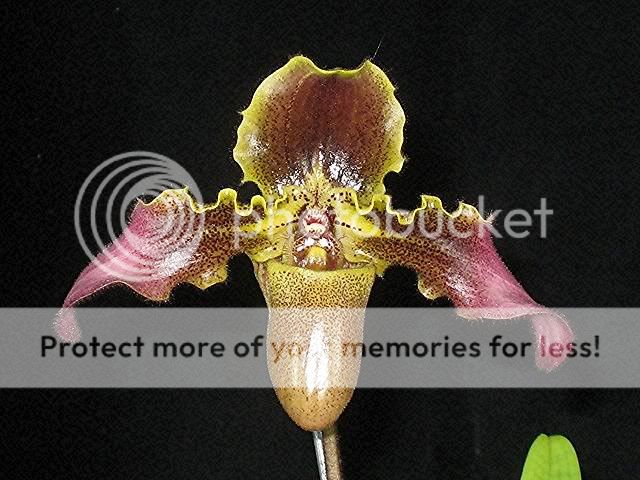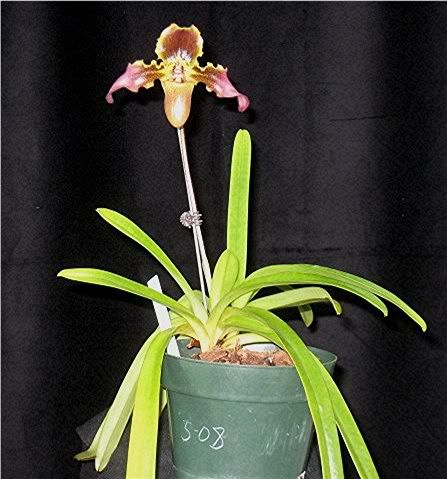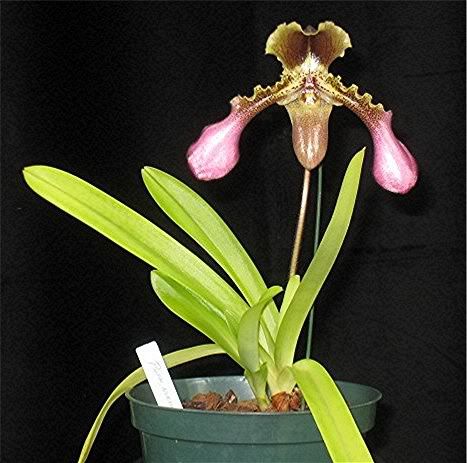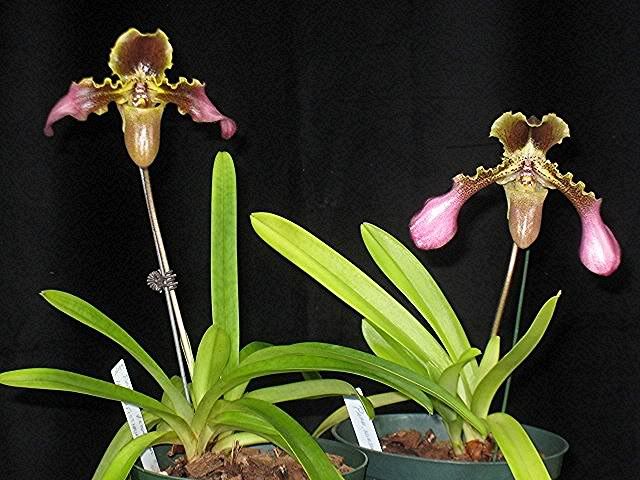J
jblanford
Guest
I have these two P. hirsutissimums in bloom now, I think the first one is v.esquirolei but not sure. They sure are different, both are real nice looking, I'll post some pics and see if anybody has anything to add. Thanks Jim.
















Is this like the difference between besseae and dalesandroi?












Based on "hairiness factor", both of yours would be considered esquirolei compared to mine. Based on flower size, your smaller one is the same size (about 13cm) as mine (a good size nominal but smallish esquirolei), and the big one is bigger than the common size range of nominal hirsutisimum and within the normal size range for esquirolei.
As you can see, this is pretty subjective without knowing exactly where the original parents were collected.
Enter your email address to join: